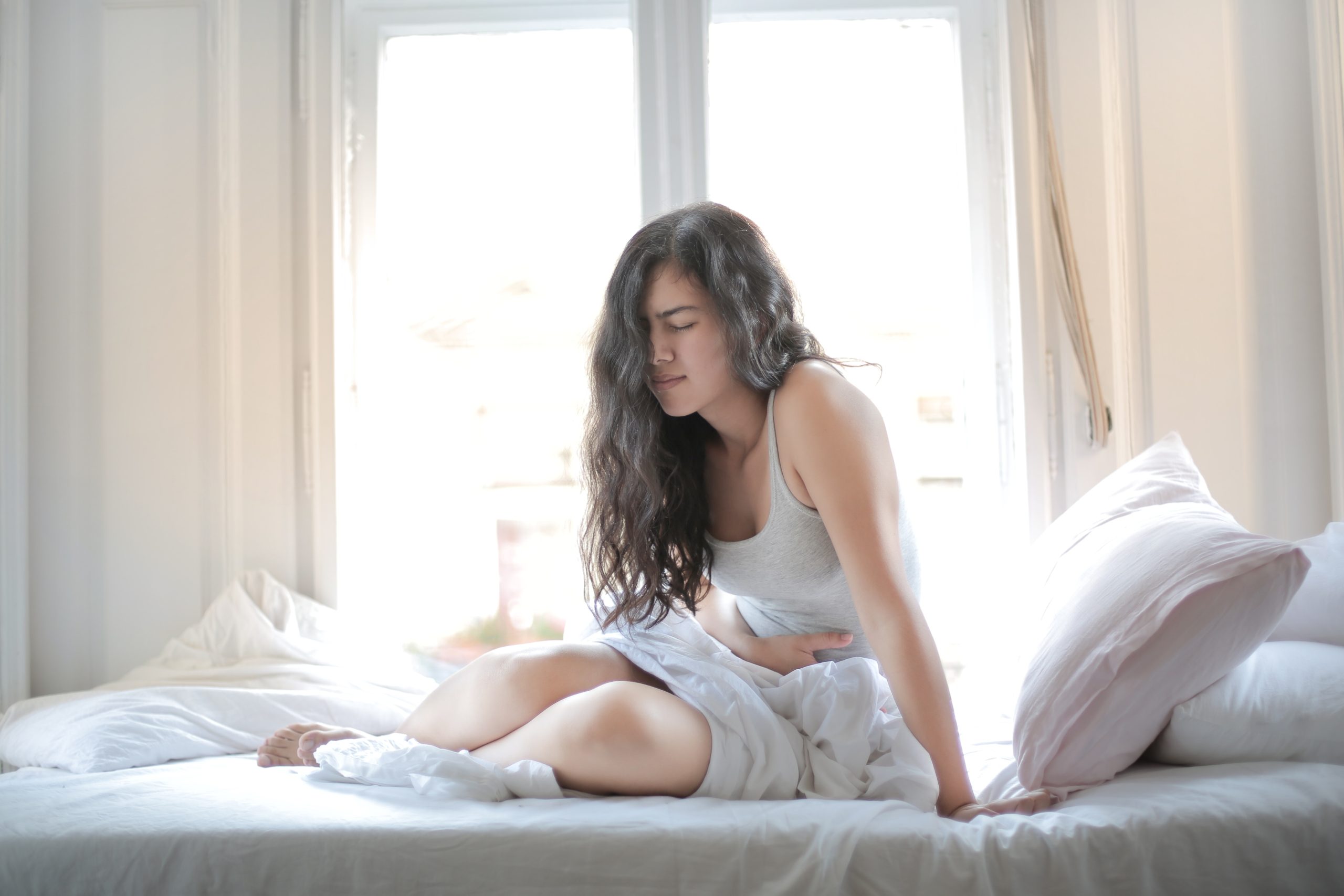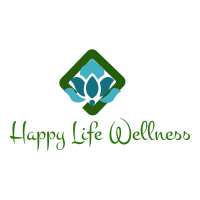Diverticulitis is a common condition that causes inflammation and infection in the wall of your large intestine. It’s usually caused by straining due to constipation or diarrhea, which puts pressure on some part of your intestines until it bulges out through an opening (called a diverticulum). The large intestine is responsible for absorbing nutrients.
Symptoms include pain in your lower abdomen that worsens when you’re sitting down or coughing. You may also experience nausea, vomiting, fever and constipation. Some people have no symptoms at all until an infection occurs from food getting stuck inside one of the pockets.
Table of Contents
The most common symptom is abdominal pain
The long tube of the intestines can be seen and felt as it runs through your abdomen, which makes up most of its length. The other parts are small portions that come out from either side at intervals along the full track to absorb food and water in order to process them into waste products before passing those on down towards an opening called a rectum where they will eventually become our number one enemy – poop!
The symptoms of diverticulosis are often overlooked. Learn more about the possible signs and how you can treat them
Symptoms include nausea, fever, abdominal pain and tenderness along with either blood from rectum exposure or mucus stool discharge afterwards. If you experience any unusual symptoms like these then visit your doctor as soon as possible because this can be life-threatening if left untreated! There are natural remedies for gut healing such as fiber supplements that help heal inflamed tissue thereby reducing chances for recurrence . Take probiotics too – they promote healthy bacteria.
Diverticulitis is a disease that affects the large intestine, but it can be hard to diagnose.
Doctors often have trouble diagnosing diverticulitis because there are many different symptoms and they don’t always appear together. Some people with diverticulitis may not even experience any of these symptoms at all.
Diverticulitis, a painful bowel condition which can lead to more serious complications if not treated early on.
As mentioned before, the symptoms are easy to identify with enough familiarity and knowledge in what you’re looking for. You may already suspect that it’s this disease but should always get an official diagnosis from your doctor! What could be more frustrating than not being able to hear what people are saying? If you have this condition, learning how to alleviate the symptoms is essential.
The Seven Primary Symptoms of Diverticulitis
- There are a lot of different types of pain that could be going on at once. But, it is possible to pick out the most common signs and symptoms in order to get an idea for what you might need help with.
- The first thing I would say is that if your stomach hurts almost constantly or has been hurting nonstop for days then this points more towards something like appendicitis than anything else and definitely warrants further evaluation by medical professionals because – let’s face it- no one likes their appendix rupturing! However, when we’re talking about abdominal discomfort there can also be other things happening besides just having a too tender tummy. For example: heartburn (though sometimes people confuse this symptom as being gas), gallbladder disease
- Nausea and vomiting,Bright red blood in your stool
- Fever
- The feeling you get when someone touches your stomach makes it easier to feel close with them as this hormone releases into their bloodstream or vice versa depending on who initiated the touch.
- Constipation can be caused by many things including diet or lifestyle choices. When you consume high quantities of fiber your stool becomes soft and bulky which makes passage through the intestine easier.
- This is good news because when constipated we strain to pass stool that has become hard due to decreased water content in our intestines as well as being irritated from contact with intestinal linings; this stinging sensation doesn’t happen if there are sufficient amounts of soluble fibers in one’s food intake leading to elimination without pain!

Cramps are often just gas pains which can be relieved by passing more wind from time-to-time as well as eating high fibre foods such as vegetables with natural sugars like corn and beans. However sometimes they may indicate something much worse so consult your physician before self medicating yourself anything!
Diverticulitis Risk Factors
Diverticulitis is a condition that increases the chances of developing as we age, and people over 40 are most at risk. Diverticulitis is a disease that affects the large intestine, but it can be hard to diagnose. Obesity also puts us more in danger for diverticulitis because it affects how well our intestines work to push waste out when they reach the rectum.
Smoking poses an increased threat, too-and even if you don’t smoke cigarettes or cigars (or use other tobacco products), exposure from living with someone who does can be enough to cause harm.
Having a sedentary lifestyle doesn’t help either; not moving around regularly makes some parts of your colon slouch down into any empty spaces left behind by food debris which will make them much easier targets for inflammation and infection! Eating high fiber foods like whole grains instead may.
Natural Remedies to Ease the Symptoms of Diverticulitis
You can deal with life’s toughest problems by taking care of your diet and getting the right amount of sleep. Diverticulitis is no exception! There’s a reason why you have to go on those high fiber diets. You know how constipation is the worst? Well, it doesn’t just happen for no good reason-it happens because your body isn’t getting enough fibre. A diet with plenty of water and vegetables can really help reduce that problem!
1 – Liquid Diet
If you’re feeling the symptoms of Crohn’s Disease, it is recommended that when your stomach can’t handle food too well to take on a liquid diet. We don’t want this to mean only drinking water because luckily there are some other options for those with a good appetite! Some available meals and drinks include:
- Coconut Water – Tea (hot or cold) – Tomato Soup
- sports drinks
- chicken or beef broth
- popsicles with no fruit pieces
The tricky thing about being on liquid for so long is that once you start back eating solids again, the symptoms will come out. You can’t just go straight from a diet of liquids to one of solid foods without easing your way in there slowly or else it might cause an upset stomach and make things worse than they were before!
2 Follow Fiber Intake Guidelines
It’s important to have enough of this nutrient in your diet. Too much or not enough can cause flaring up symptoms and worsen them, so it is a very fine line that you must be careful to stay on!
The Institute of Medicine recommends about 19-28 grams per person each day and on average we need 15 grams every 1,000 calories consumed which means if I ate 1800 calories today then I would have eaten 45 grams with room left over because my recommendation was 51 so keep an eye out next time while going through your dinner menu during lunch or breakfast!
If it feels like adding more vegetables may be getting old for you, don’t worry: There are plenty of alternatives with high-fiber content out there if certain foods seem too mundane at this point. You can explore different ethnic dishes or swap a few favorite ingredients for nutrient rich options such as chickpeas and brown rice pasta noodles – just make sure they’re gluten free too because we know how sensitive stomachs can be!
- fruits without seeds or skin
- cooked vegetables without seeds or skin
- eggs
- dairy products
- white bread, pasta, or rice
- specialty cereal
- cooked red meat
While fiber is not a necessity for everyone, it’s still important to make sure you’re getting enough. Without adequate amounts of this nutrient in your diet, constipation could set in and increase the risk that an inflammatory pouch might form.
Eating more fibre-filled foods and less processed ones is a great way to get your fill of the nutrients. Some nutritious options include:
The best thing you can do for yourself when it comes to getting enough fibre, in addition to taking supplements if needed, is eating plenty of whole fruits and vegetables as well as beans or lentils because they are high in dietary fiber too.
- beans
- lentils
- almonds
- popcorn
- vegetables with the skin
- fruits with the skin
- grains
- high-fiber cereal
3 Increase Your Vitamin D Intake
A healthier diet could help relieve your symptoms of Diverticulitis. Research published by the National Institutes of Health shows that higher Vitamin D levels can make a big difference, as those who do not consume enough will find their symptoms are worse.
It is recommended that adults should try to get 15 micrograms per day and many fall short on this goal–especially during these cold winter months!
Vitamin D is something that we all need, but it’s so hard to get enough of during the winter months. The good news: you can increase your vitamin D levels through sun exposure (make sure you use a sunscreen with SPF) or by eating more foods rich in Vitamin-D like fish ,cheese and eggs! But don’t forget to enjoy a delicious nutrient-packed breakfast with these vitamin D fortified foods like cereal, milk, margarine or orange juice!
4 Use a Heating Pad
Sometimes, when the symptoms of diverticulitis become painful you can apply a heating pad to help. If there’s no heat pack handy and don’t want to wait for one to warm up in your oven or microwave then use an old fashioned hot water bottle instead. Wrap it with a towel first if that makes you feel better about using such an old-fashion way of relieving discomfort from tummy troubles!
5 – Exercise More
One of the benefits that you may be looking for when trying to remedy a painful ailment is getting more exercise. The first reason this will work well for pain relief is because endorphins are natural pain relievers. Endorphins can also make us feel better by being released during strenuous activity and they help reduce stress levels in our bodies as well!
It’s no wonder why people who are regularly active have less health problems than those who do not take care of their physical selves on a regular basis. Exercise helps increase blood flow which then strengthens bones while also improving mental acuity overall through improved sleep cycles or just even elevating moods due
Exercise is awesome! Just think, you can run errands with your dog and still get some cardio in. Not to mention all the other fun activities that count as exercise too: yoga, running on a treadmill or outside…anything really! You just need at least two hours of it each week for inflammation reduction benefits–so go have an active day today!
6 – Drink Water
Now, I’ll tell you the magic trick to help with your gas and bloating. First off, when it comes to fiber intake a healthy diet is key. Well guess what? Water has just as much importance because water works together with these essential nutrients in order for them work properly inside of our body- trust me on this one!
The key is finding the right balance between these two ingredients for both optimal digestion–and elimination!
7 Loose weight
Everyone knows that being overweight is bad for your health, but what are the long term effects of weight gain? The more fat you pack on around your middle area, the higher chance there is at developing some chronic illness. For example:
Obesity has been linked to a number of illnesses such as heart disease and hypertension (i.e., high blood pressure). One lesser-known condition where obesity can have an impact is diverticulitis
inflammation in one or multiple small pouches located near connecting loops called colonic diverticula which results from eating large amounts of fiber over time because it’s not digested properly by those who eat too much processed food with low dietary fiber content . It may sound like just a little inconvenience.
8 – Avoid Foods that Make it Worse
A diet high in fiber is important for helping people with diverticulitis. Some of the foods that are most commonly associated with flare-ups include.
Did you know that certain fruits (like apples, pears, and plums) are high in antioxidants?
It’s true! And they’re just one of the many healthy foods on my list. If I had to choose a favorite food out of all these items it would have to be dairy because who doesn’t love cheese!?
One thing not included on this list is cabbage which has been proven as being toxic for dogs due to its chemical makeup but should still make an appearance at your next dinner party if you want guests talking about how amazing the meal was afterwards.
9 Use Probiotics
You may not know this, but your body is home to trillions of bacteria. These good guys are vital for digestion (unrelated: you should really brush more). One way to keep them happy and healthy is by adding probiotics into the mix – yup, these bad boys actually help regulate our digestive system! You can get them in capsule or powder form and they’re also found in yogurt if dairy products don’t negatively affect you – so think about getting some today before it’s too late!
10 Aloe Vera Juice
Aloe vera is great for preventing constipation,diverticulitis, easing cramping and pain. It’s also loaded with vitamins that can help you beat the condition! Just two ounces a day are all it takes to get started on your healing journey.
11 – Consume Green Tea
It’s time to incorporate green tea into your diet. This delicious beverage can help you reduce inflammation and prevent infection, making it a must-have in any medicine cabinet!
12 – Essential Oils
Lavender is an essential oil with a variety of benefits. It can be used topically for pain relief, as well as diffused or put into bath water to help you relax and feel better. Lavendar’s relaxation properties may also ease your symptoms, making this oil one of the best home remedies on offer!
13 – Acupuncture
That’s great news! Studies have shown that acupuncture can be helpful for people with diverticulitis.
Acupuncture is a practice that has been used for many years and can help with digestive issues. A patient will be assessed to see how their energy levels are doing in order to find any imbalances or deficiencies before putting needles through the skin at specific points. This process may relieve gastrointestinal symptoms and prevent these flare-ups from happening again!
14 – Supplement with Barley Grass
Barley is a powerhouse of nutrition! It has so many great health benefits. You can get all the nutrients you need, and it even helps detoxify your body.
Barley grass can be ingested in a pill or powder form for multiple benefits. It is known as an excellent anti-inflammatory, digestive aid and colon health promoter. Barley Grass also promotes gut motility by stimulating peristalsis which will help the digestion of your food to break down all those nutrients you’re putting into it!
Treatment for Diverticular Disease
There are many treatment options for diverticular disease. However, it’s important to understand that no single treatment works for everyone and there may be more than one option available depending on your symptoms and medical history. Your doctor will help you decide what treatments are best for you based on your individual needs and health status.
Final Thoughts on Symptoms of Diverticulitis
-Diverticulitis is a condition that affects the lower part of your intestines. It causes pain and discomfort in different parts of the body, but you can do something about it! All you have to do is eat healthier foods or take some natural remedies for immediate relief.something more serious!
Fortunately there are natural remedies
Fortunately there are natural remedies out there if this does happen such as ginger tea with lemon, honey and turmeric milk before bedtime.
There are many different remedies out there that can help you manage your condition and be more comfortable during flare-ups. Some work better for some people than others, so it’s best to find what works best for you!
Diarrhea is an uncomfortable and often painful side effect of diverticulitis.
Luckily, there are several activities that can help relieve the symptoms such as eating a healthy diet, getting regular exercise, and being exposed to sunlight on occasion. If you think it’s time for medical attention then go see your doctor!
FAQ
What foods trigger diverticulitis?
Foods that trigger diverticulitis include nuts, seeds, corn, and popcorn.
Can diverticulitis go away on its own?
Diverticulitis is a condition that develops in the colon when tiny pouches called diverticula bulge and become inflamed. Unfortunately, it can’t go away on its own because there’s nothing to “go away” from.
What does a diverticulitis attack feel like?
A diverticulitis attack can be painful. It will usually happen in the lower left part of your abdomen and it feels like a sudden cramp or pain that happens when you’re done eating.
What are the symptoms of a diverticulitis flare up?
The most common symptoms of diverticulitis include abdominal pain and cramping, fever, nausea and vomiting. You may have severe constipation or diarrhea as a result.







